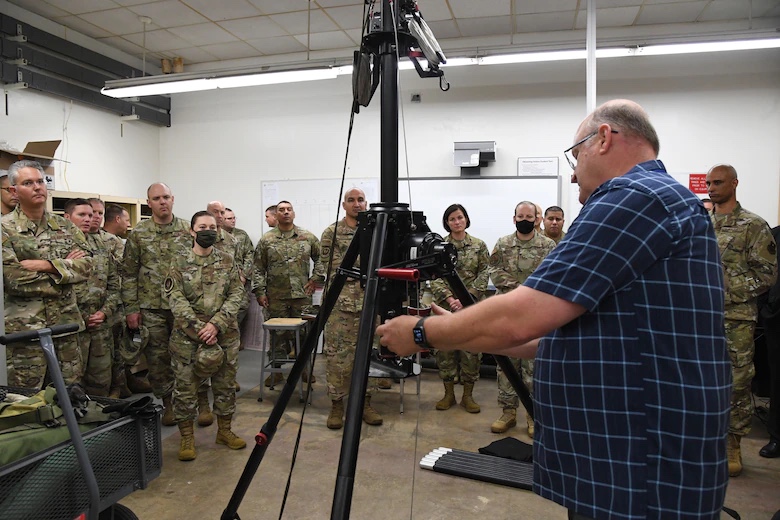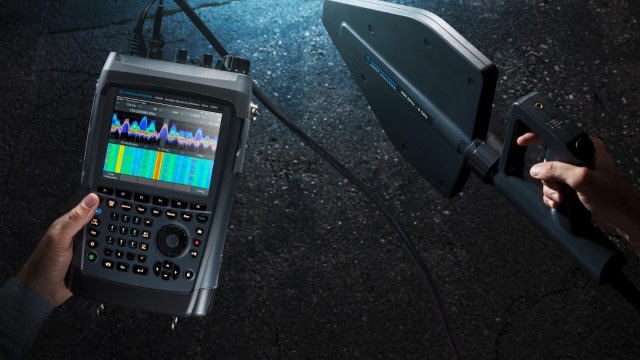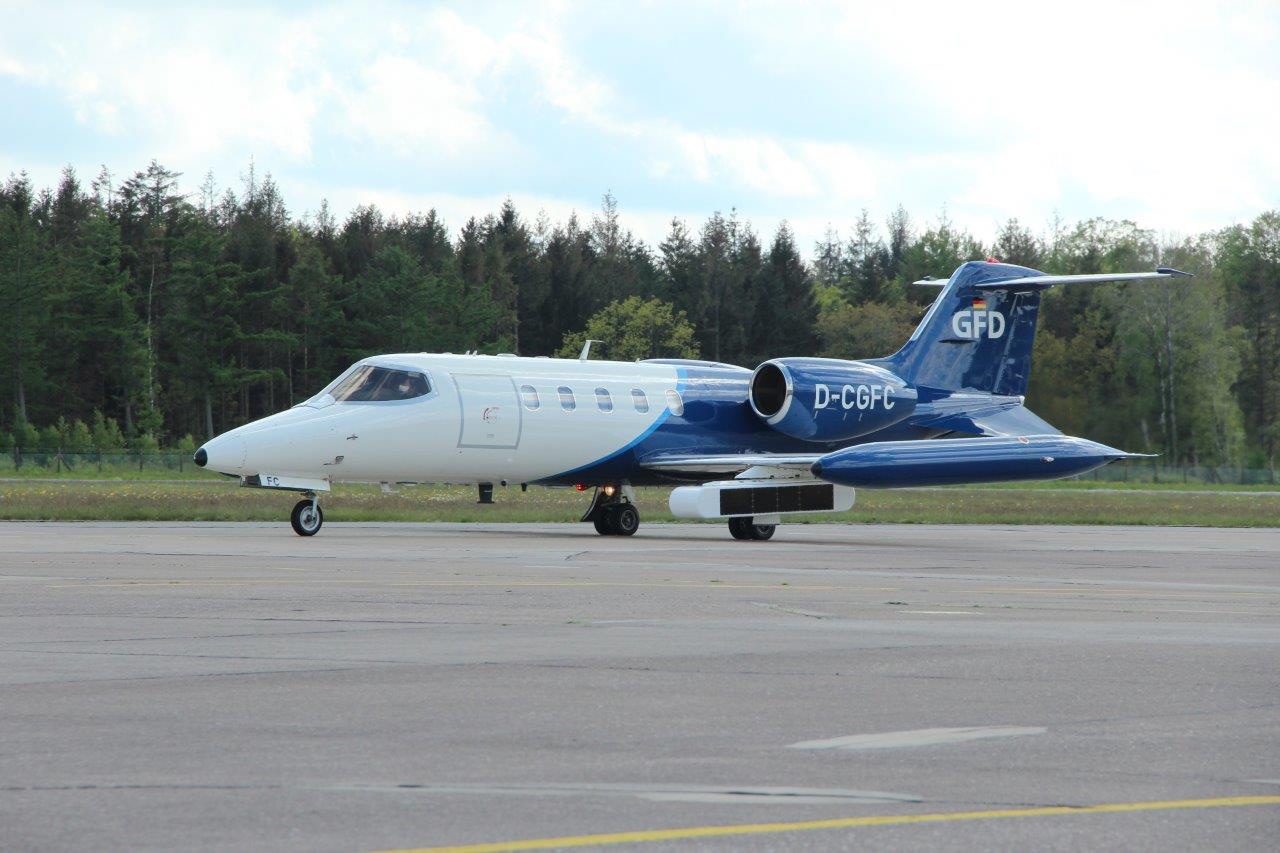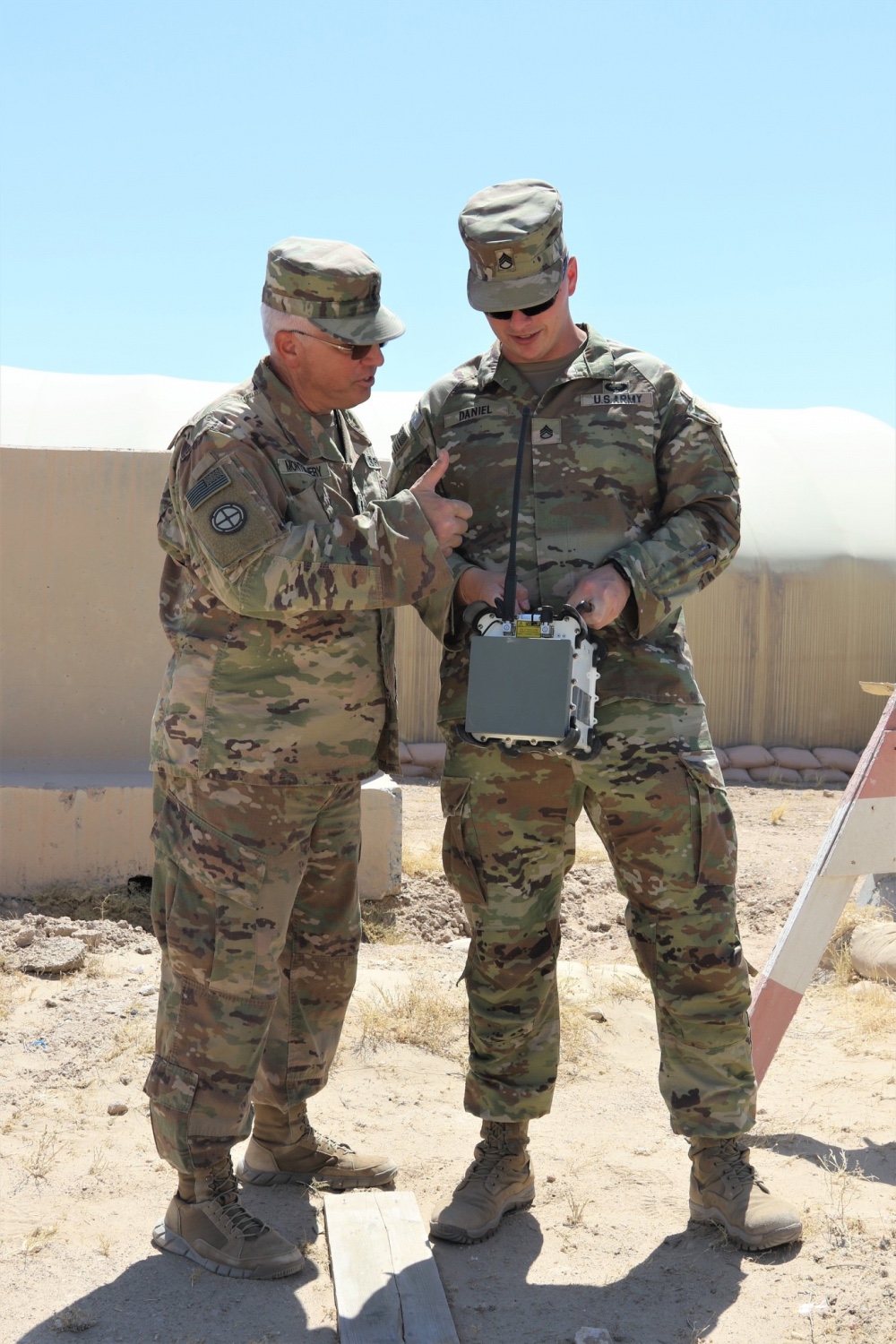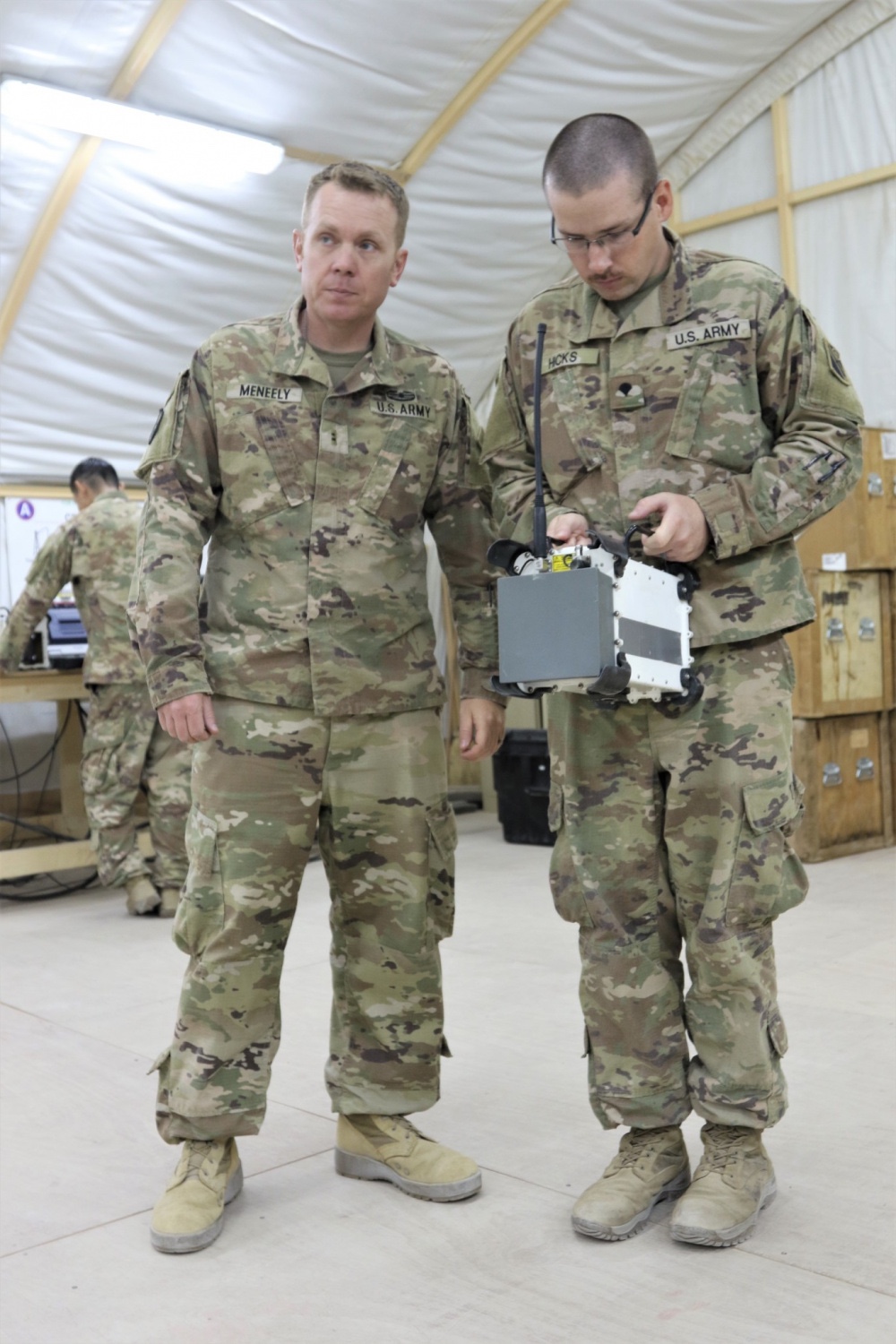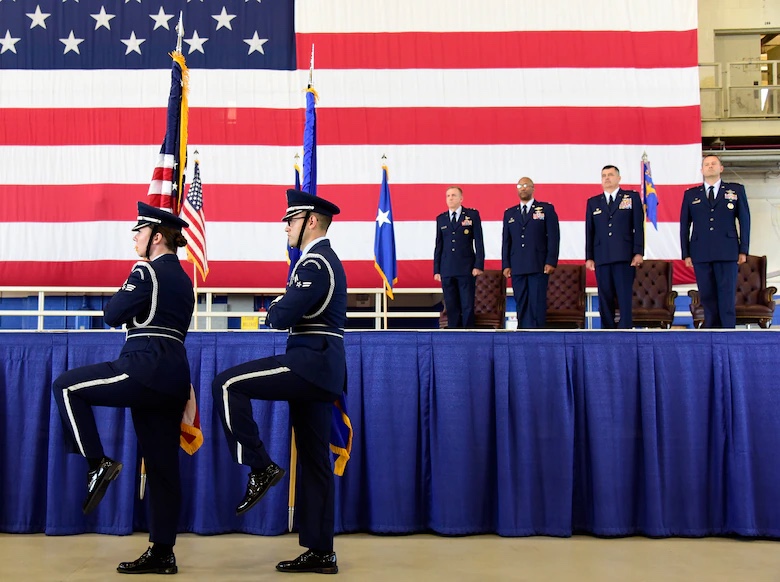AUGUSTA, Ga. — The Army plans to update its cyber operations doctrine, as it continues to march toward a more data-driven joint environment, a top Army cyber officer said last week.
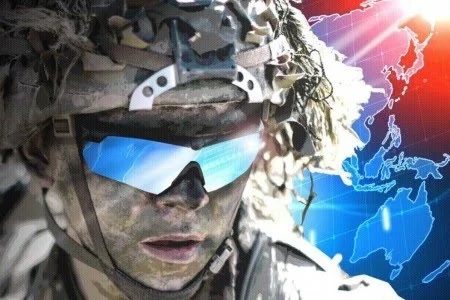
Once published, the updated field manual, FM 3-12, will outline how the service plans to integrate its cyber operations mission into the larger vision of a modernized Army, said Brig. Gen. Paul T. Stanton, commander of the U.S. Army Cyber Center of Excellence.
Although no timeline was given on the document, Stanton said during the AFCEA TechNet conference on Aug. 17 that his team was moving quickly. The doctrine was last revised in 2017.
“The [new doctrine] is being drafted as we speak,” said Lt. Gen. Ted Martin, commander of the Army Combined Arms Center, in a pre-recorded video.
Martin said the doctrine, which stems from the National Defense Strategy of 2018, will continually evolve to keep pace with new technology and help the Army increase its lethality against near-peer threats.
Despite being a cyber-based field manual, Stanton said the entire Army could benefit from it and not just cyber operators.
For example, at the Army Maneuver Center of Excellence, Soldiers can adapt the document in their classrooms to explain how cyber can be used by them, he said.
The major role cyber plays in the future is also why leaders across the Army need to be on board with how to use it, he added.
“If there’s one theme across all this, it’s that we are driving operations for commanders,” Stanton said. “Commanders are the ones that make the decisions [and] commanders are the ones that develop the course of action and scheme of maneuver.”
In the future, all commanders will have to know the ins and outs of the Army’s cyber doctrine and cannot “bury their heads in the sand and say, ‘I can’t understand the science,’” he said.
“We can help abstract away some of the complexity of the science, but our commanders have to understand the fundamentals because this is a huge part of how we’re going to fight in the future,” he continued.
Even with knowledgeable leaders, achieving an information advantage through cyber is not possible without a unified network supporting it, he said.
To bring about a unified network, the Army is looking to use the latest technologies such as 5G capability, zero-trust cybersecurity and pulling data from the cloud.
No place where information advantage is more critical than on a joint battlefield, Stanton said, where warfighters may need to collaborate against a potential adversary.
Multi-domain operations will require data to be pulled from several locations. By pulling information, it “implies that my tactical edge assets are combined with my operational [and strategic] assets,” Stanton said.
“I have to move the right data to the right place at the right time inside the decision cycle of the adversary, so that I can maintain [the] information advantage,” he continued. “I can’t do that without a unified network.”
A common operational picture that brings together data from the tactical, operational and strategic levels helps enable commanders to make quick decisions, he said.
However, being able to pull the data isn’t enough. Army officials “have to protect that information,” Stanton said. “We’re pushing hard toward a zero-trust environment and an architecture to support and apply zero-trust principles across the entire Department of Defense Information Network.”
While the future of cyber warfare continues to change, Martin said that with the help of junior leaders, “we can get it right.”
“You don’t have to be a general to come up with this doctrine,” Martin told the crowd. “I feel that the best ideas are out there in the audience right now, because at [U.S. Army Training and Doctrine Command] — victory starts here.”
By Thomas Brading, Army News Service


